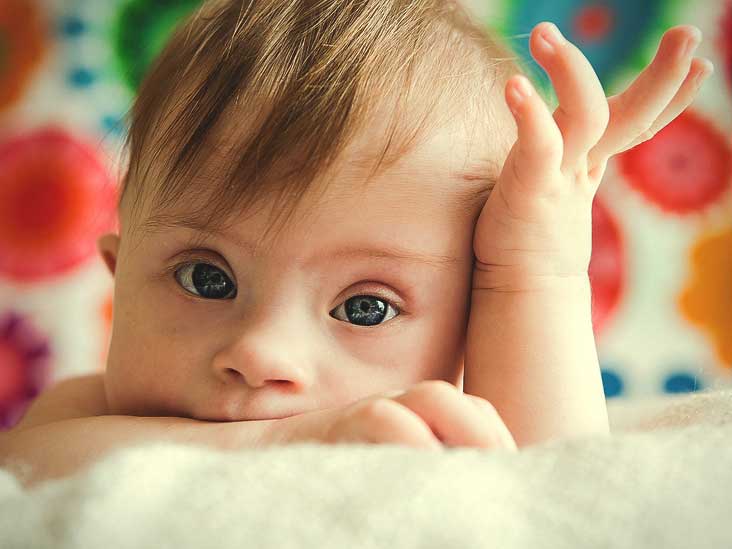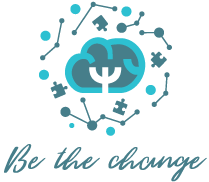
Down syndrome
In our country, the prevalence of Down syndrome has decreased from 1 to 730 births in 2011
to 1 in 1800 births in 2018 (from 1.4 to 0.6 per 1000 births, respectively from 2011 to 2018). However, they can occur at a later age and last somewhat longer. When evaluating behavior in a child or adult with Down syndrome it is important to look at the behavior in the context of the individual’s developmental age, not just his or her chronological age.
It is also important to know the individual’s levels of reception and expression language skills, as many behavior problems are associated with frustration with communication. Many times, behavioral issues can be addressed by finding ways to help the person with the syndrome communicate more effectively. Persons who have 21 chromosomes that are diagnosed with Down Syndrome should receive specific treatments and follow specific programs such as:
– Cognitive behavioral therap
– Physical therapy
– Language / Communication Therapy (Speech Therapy)
– Occupational therapy
– Psychomotility
– Game therapies, etc.
Assessing a person with Down syndrome who presents with a behavior disorder is to determine if there are any acute or chronic medical problems associated with the identified behavior. The following is a list of the most common medical problems that may be associated with behavioral changes.
– Vision or hearing deficit
– Tyroid function
– Celiac disease
– Sleep apnea (sleep apnea)
– Anemia
– Gastroesophageal reflux
– Constipation
– Depression
– Anxiety
